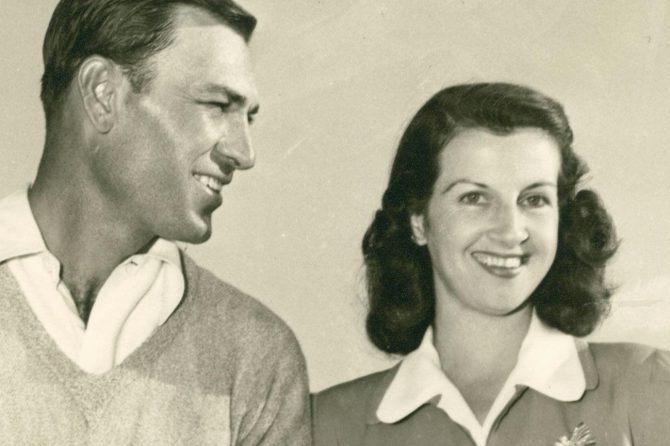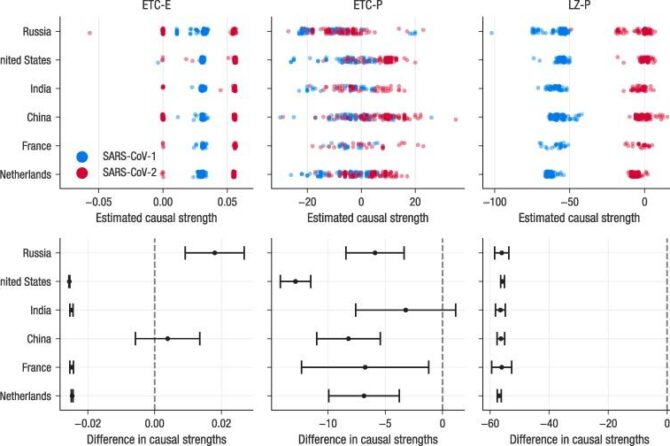Introduction
The journey of golf, a sport celebrated for its intricate blend of skill, precision, and strategic depth, mirrors broader societal trends, technological progressions, and competitive dynamics over the centuries. Originating from its semi-mythical roots in 15th-century Scotland, golf has undergone significant transformations—not just in gameplay but also in its cultural significance. This article delves into the mechanics and strategies that have evolved from the game’s primitive forms to the complex global phenomenon it is indeed today. A thorough examination of how both rules and equipment have changed reveals that innovations like standardized regulations—the Leith Rules established in the 18th century—and advancements in technology—from wooden clubs to modern composite materials—have profoundly impacted gameplay strategies. Additionally, we will explore how shifts in competition and player skill progress reflect the maturation of golf as a sport. Thru this analytical viewpoint, we aim to provide a thorough understanding of what shapes golf’s unique mechanics and strategic considerations.
The Historical Evolution of Golf: From Feudal Roots to Modern Professionalism
The origins of golf can be traced back to Scotland’s feudal landscapes during the 15th century when it emerged as a leisure activity enjoyed by both nobility and commoners alike. Early iterations utilized basic equipment; players fashioned clubs from wood while using leather balls stuffed with feathers. The game was played on natural terrains that presented various challenges, allowing players to hone their skills across diverse landscapes. In these early days, localized variations flourished due to an absence of standardized rules which encouraged creativity in play.
As time progressed into the 17th and 18th centuries, significant changes began shaping golf’s trajectory.The Gentlemen golfers of Leith formed in 1744 became one of the first known clubs formalizing aspects essential for organized play. This era saw crucial developments such as standardized rules which helped unify golfing practices leading up to iconic venues like St Andrews—often dubbed “The Home of Golf.” As popularity surged among upper-class circles transitioning from niche pastime into respected leisure activity laid groundwork for professional golfing scenes emerging later.
The late 19th century marked modernity’s arrival with prestigious tournaments like The Open Championship debuting in 1860 alongside professional golfers who would become legends themselves. Innovations such as gutta-percha balls paired with steel-shafted clubs revolutionized gameplay enhancing performance accuracy significantly while evolving strategies focused on swing mechanics course management mental resilience—key elements contributing towards enduring legacy within contemporary contexts.
Technological Advancements Impacting game Mechanics & Performance
Throughout history technological advancements have dramatically reshaped how golfers approach their game influencing swing management alongside performance metrics comprehension significantly over time.Graphite shafts combined with computerized video analysis now allow deeper insights into individual swings providing critical data regarding factors such as clubhead speed, swing tempo, etc., enabling players refine techniques improve consistency ultimately lowering scores effectively.
The rise smart equipment equipped sensors capturing real-time metrics signifies pivotal shifts within sports landscape enhancing physical components while informing strategic decisions made during playtime itself; thus empowering golfers make informed choices about club selection shot planning trajectory alignment increasing success probabilities on greens overall! As these technologies evolve further gaps between amateurs professionals narrow down allowing casual enthusiasts access tools once exclusive elite ranks only!
Additionally innovations like GPS-enabled carts mobile applications transformed course management providing real-time distances layouts facilitating precise hole strategizing; this data-driven approach empowers golfers analyze optimal lines attack avoid hazards efficiently! Ongoing integration technology enhances individual performances elevates strategy ensuring mechanics evolve hand-in-hand!
Strategic Evolution: Transitioning Towards Advanced Course Management Practices
The shift away from customary methods towards advanced data-driven approaches reflects broader evolutions occurring throughout sport itself historically reliant intuitive anecdotal evidence frequently enough led varied experiences across courses today though infusion scientific methodologies paved way strategic overhaul key components include:
- Utilization Technology: Advanced analytics tools satellite imagery soil health monitors empower superintendents optimize resources water fertilizer manpower effectively!
- Performance Metrics: Developing comprehensive suites indicators essential turf quality environmental footprint player satisfaction contribute holistic views course health overall!
- Adaptive Management practices:The transition static adaptive agronomic strategies allows real-time adjustments based environmental conditions feedback ensuring long-term sustainability satisfaction levels maintained consistently!
This integration not only enhances operational efficiency but caters growing demands sustainability within management practices facing challenges balancing exceptional playability eco-friendly initiatives necessitating commitments towards resource innovation community engagement education training programs staff benefits lasting practices crucial realizing advanced strategies successfully implemented moving forward!
Analytics Role Driving Performance Through Data Insights
The incorporation analytics contemporary golfing ushered transformative era where insights derived significantly enhance player performances decision-making processes primarily focusing performance analysis leveraging sophisticated algorithms enabling access comprehensive assessments swings putting strokes overall gameplay identifying areas improvement refining techniques boosting competitive edges immensely over time.
Additionally analytics plays vital roles managing courses utilizing detailed details regarding conditions grass types elevation changes whether patterns optimizing shot selections club choices accordingly understanding interactions variables enables fine-tuning performances through targeted practice sessions based empirical evidence gathered systematically improving outcomes consistently achieved throughout competitions held regularly worldwide today!






